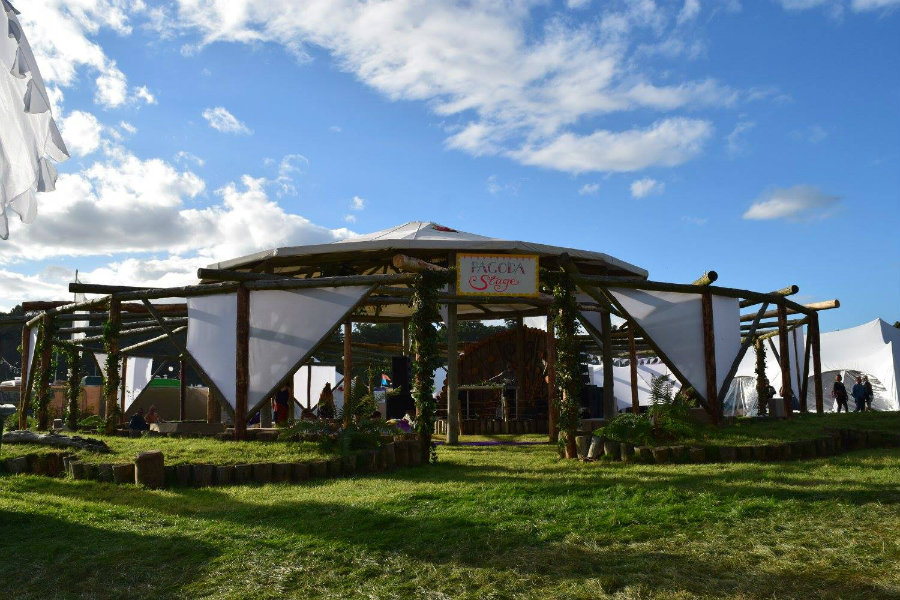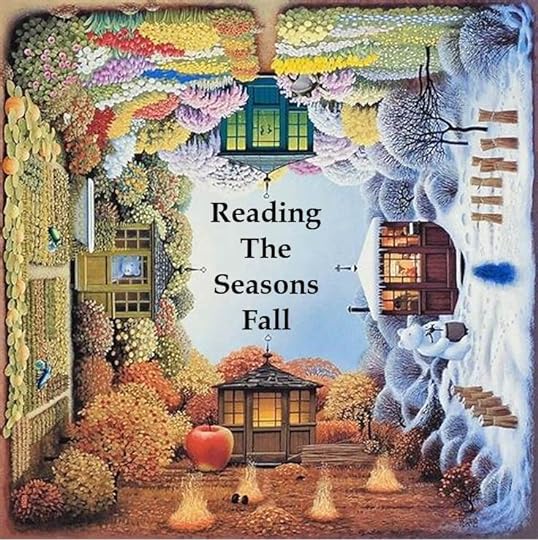Gardening is more than just a hobby or a way to beautify our surroundings – it has the power to transform not only our external environment but also our internal landscape. Mary Reynolds and Christy Collard are two women who have taken this belief to heart and are using their passion for gardening to make a positive impact on the world. In this article, we will dive into the lives and work of these two remarkable women, exploring their unique approaches to gardening and how they are creating change in their own communities and beyond.
The Journey of Mary Reynolds

Early Life and Inspiration
Mary Reynolds was born and raised in Wexford, Ireland, where she developed a deep connection to nature from an early age. Growing up in the countryside, she spent most of her time outside, playing in the fields and forests surrounding her home. This love for the natural world would ultimately shape her future career and passion for gardening.
Reynolds’ interest in horticulture began when she was just 17 years old, after completing a course in organic farming. This led her to study garden design at the Kildalton College of Horticulture, where she learned about traditional garden design principles. However, it wasn’t until she discovered the work of American ecological designer, John Todd, that she found her true calling.
The Creation of a New Style: Naturalistic Gardening
Inspired by John Todd’s pioneering work in ecological design, Reynolds began to develop her own style of gardening, which she called “naturalistic gardening.” Her approach focuses on creating gardens that mimic the beauty and complexity of natural ecosystems, rather than imposing human-made structures and designs onto the landscape.
This new style of gardening caught the attention of the gardening world, and in 2002, Reynolds entered the prestigious Chelsea Flower Show with her naturalistic garden design, “Dare to be Wild.” Despite being her first time participating in the show, she won a gold medal and the coveted “Best in Show” award, making her the youngest designer to ever achieve this feat.
The Philosophy of Christy Collard

Discovering Permaculture
Christy Collard’s journey into gardening began when she moved from London to Portugal in 1995. Living in a rural community with no access to traditional supermarkets, she had to learn how to grow her own food. This led her to discover permaculture, a design system that focuses on sustainable living and creating harmonious relationships between humans and nature.
Collard became certified in permaculture design and started implementing its principles into her own life, creating a self-sufficient homestead using only organic and natural practices. She also began teaching permaculture courses and workshops, spreading awareness about sustainable living and empowering others to grow their own food.
The Creation of a Community: Vale da Lua
In 2007, Collard and her partner, Pedro Valdac, founded Vale da Lua, an eco-community in central Portugal. The community is built upon the principles of permaculture and aims to create a sustainable and regenerative way of living.
Vale da Lua has become a thriving hub for learning and experimenting with sustainable living practices, hosting workshops and events for people from all around the world. Collard and Valdac have also created several gardens within the community, showcasing different techniques and designs for growing food using permaculture principles.
The Impact of Mary Reynolds and Christy Collard’s Work

Both Mary Reynolds and Christy Collard share a common goal – to use gardening as a means of creating positive change in the world. Their approaches may differ, but their impact is undeniable.
Reynolds’ naturalistic gardens have inspired many people to rethink traditional gardening practices and embrace a more ecological approach. Her work has also brought attention to the importance of preserving and protecting natural habitats in our increasingly urbanized world.
Collard’s community, Vale da Lua, has become a beacon for sustainable living, attracting people from all over the globe who are looking to learn and implement permaculture principles into their own lives. Her teaching and advocacy have also sparked a movement towards more self-sufficient and regenerative ways of living.
Frequently Asked Questions

What is the difference between Mary Reynolds’ naturalistic gardening and traditional gardening?
Mary Reynolds’ naturalistic gardening focuses on creating gardens that mimic the beauty and complexity of natural ecosystems, rather than imposing human-made structures and designs onto the landscape. Traditional gardening, on the other hand, typically involves more structured and formal designs.
What is permaculture?
Permaculture is a design system that focuses on sustainable living and creating harmonious relationships between humans and nature. It incorporates principles such as working with nature, using resources efficiently, and creating resilient systems.
How can I incorporate permaculture principles into my own garden?
There are many ways to incorporate permaculture principles into your garden, such as using companion planting, implementing water conservation techniques, and creating diverse and layered gardens. Educating yourself through books, courses, or workshops is also helpful.
Is it possible to create a sustainable and self-sufficient lifestyle like Christy Collard’s?
Yes, it is possible to create a sustainable and self-sufficient lifestyle by embracing practices such as permaculture, growing your own food, and minimizing waste. However, it takes time, effort, and dedication to achieve this lifestyle.
How can I make a positive impact on the environment through gardening?
You can make a positive impact on the environment through gardening by using organic and sustainable practices, creating wildlife-friendly habitats, and conserving resources such as water and energy. You can also spread awareness and inspire others to do the same.
Conclusion

Mary Reynolds and Christy Collard are two remarkable women who have harnessed the power of gardening to create positive change in the world. Through their unique approaches, they have inspired others to rethink traditional gardening practices and embrace more sustainable and regenerative ways of living. As we continue to face environmental challenges, these women serve as shining examples of how gardening can be a powerful tool for creating a better future for ourselves and the planet.


